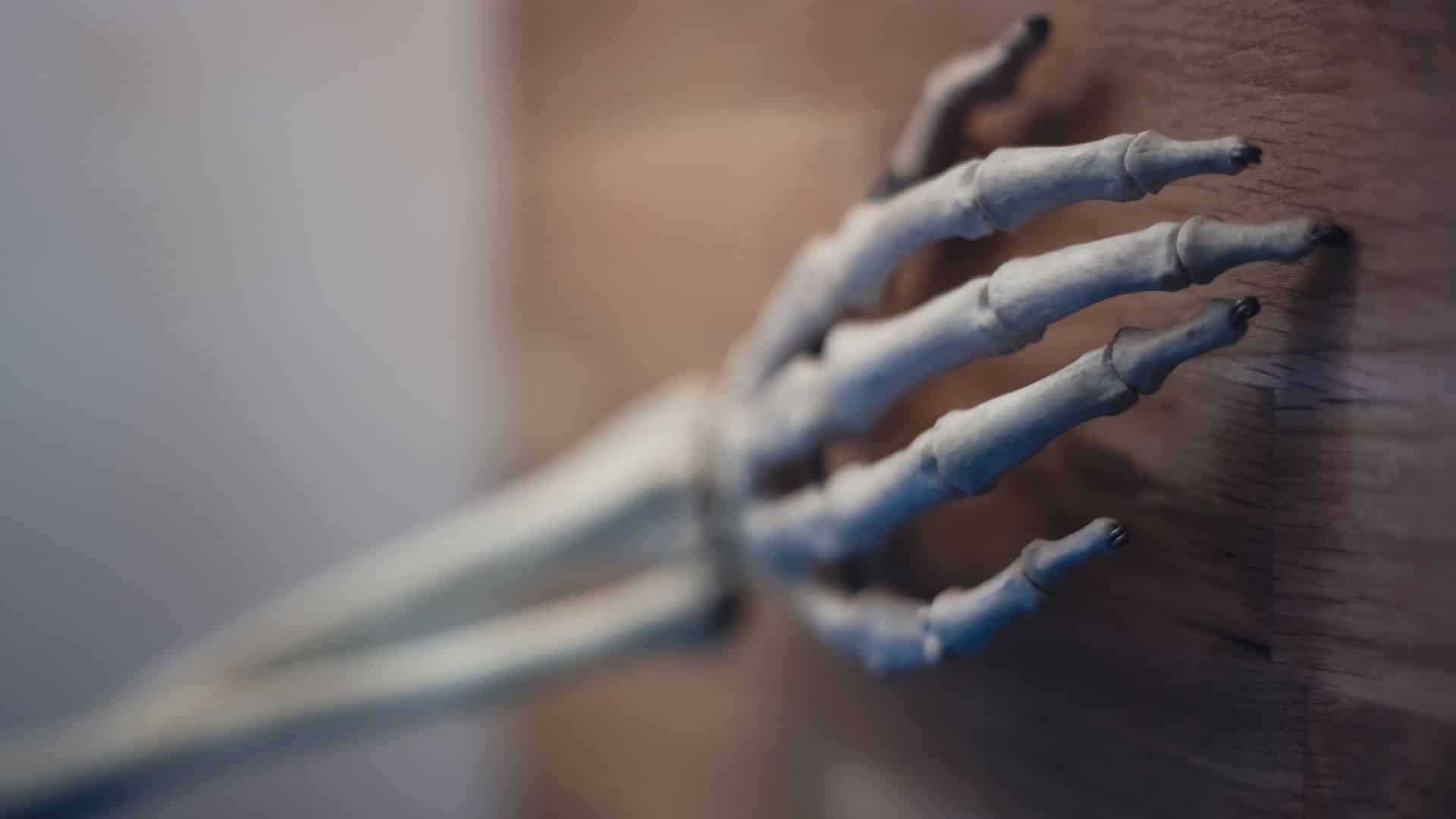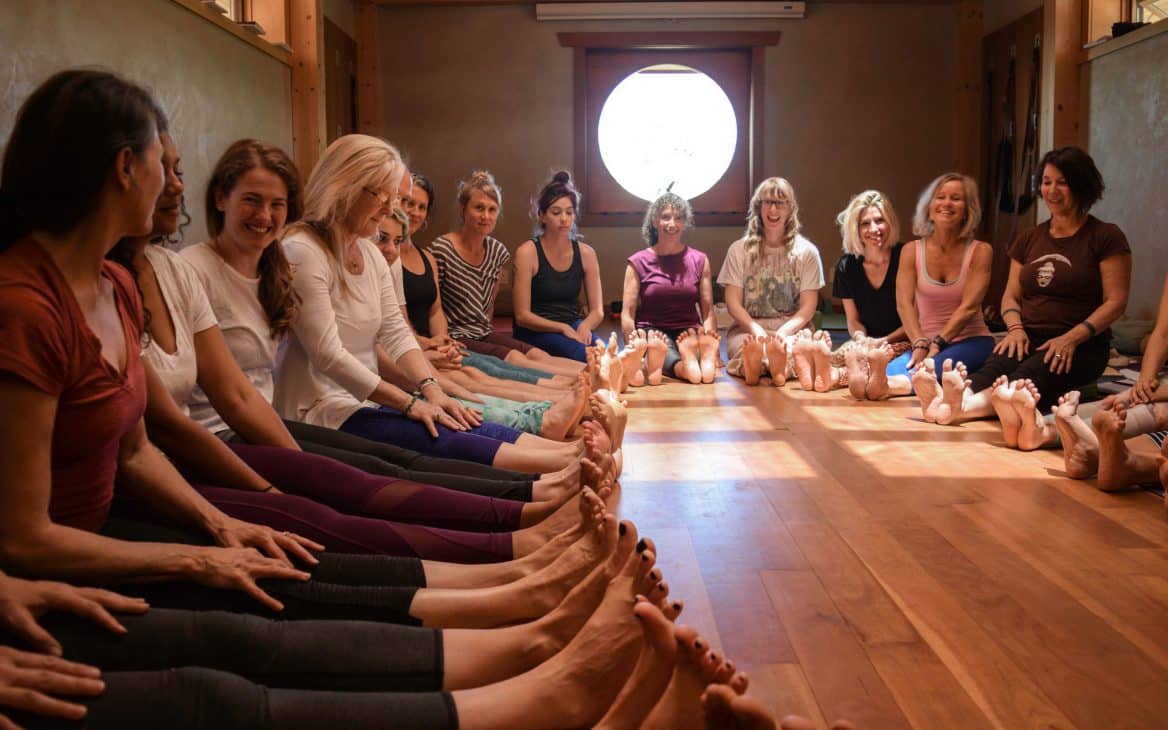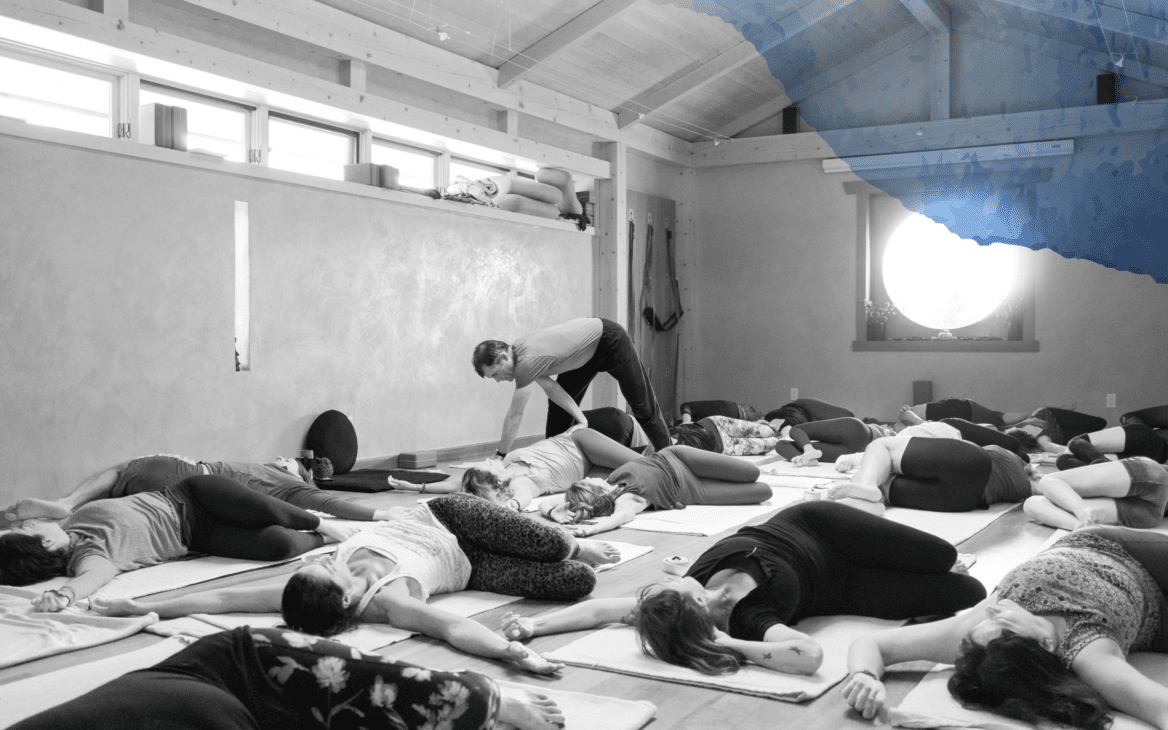The sponge like interior of bone is both resilient and adaptable. Bone receives approximately ten percent of all blood pumped from the heart. Thus, it is not outlandish to say that we breathe into our bones! Bones are more vascular than cartilage and thus, unlike cartilage, bones are being remodeled and reformed continuously. As people age (especially women) the vascular supply to the bone wanes. For this reason, women are prone to osteoporosis, where the bone’s capacity to rebuild its own tissue is compromised. By positively stressing the bone (for example standing on one leg in Warrior 3) we improve bone’s micro-structure and help increase bone density.
Antidote to Osteoporosis
If we look at the bones from the point of view of the elements, we can liken the bones to the earth. The bones are the ground of our being. Bones are a storehouse of minerals– namely calcium– but also salt, magnesium and phosphorus. The mineral deposits in bone are largely overseen by the throat chakra, namely the parathyroid gland. The parathyroid is the “master” gland governing calcium levels in the bone. Bridge pose, shoulderstand, plow and jalandhara bandha (the throat bind) provide a squeezing or “milking” effect on the thyroid/parathyroid to regulate secretion.
Savasana and the Bones
Bones are not static and rigid struts, rather they are dynamic living tissue that are being continuously reconstructed. When you practice savasana or yoga nidra, sense the living presence of your bones. When you drop your bones into the ground, you experience a profound sense of stillness. This releases the core tissue including the ligaments, tendons and joint capsules. The next time you are in savasana, listen to your bones. Sense their weight, gravity, and mass. At the same time sense their fluidity and aliveness. Sense the way the tissues of your innermost core settle deeply into earth.



